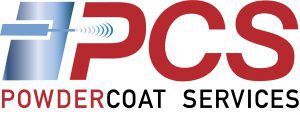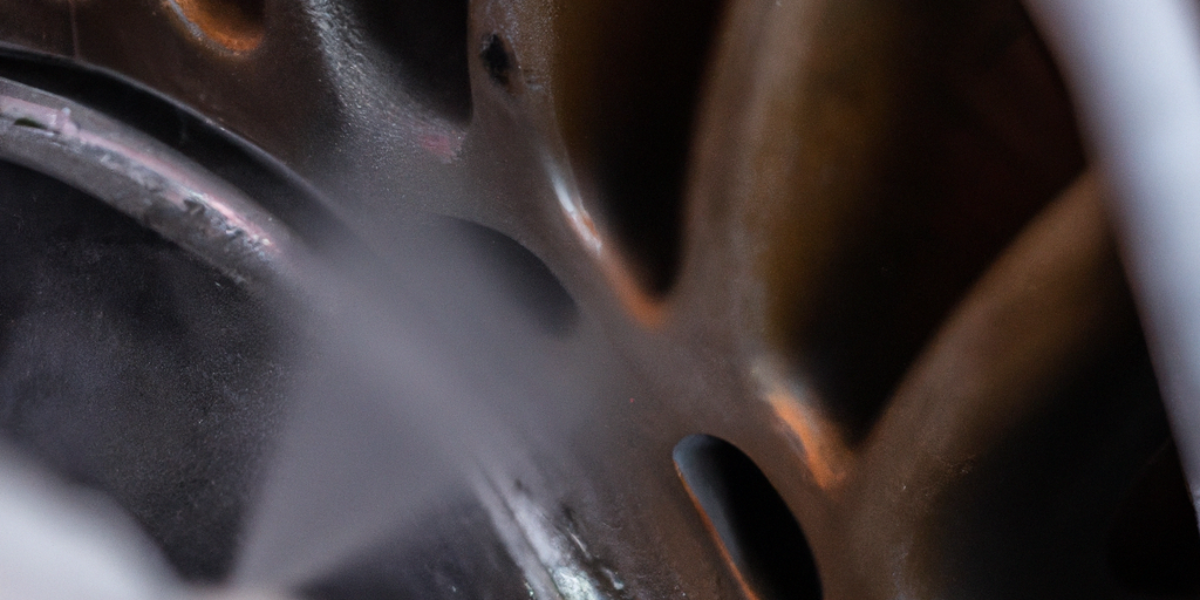Powder-coated steel is prized for its durability and versatility. However, while the powder coating process helps to increase corrosion resistance and component longevity, there’s still a risk of rust.
A bare steel surface is far more likely to be damaged by rust and corrosion because the metal is constantly exposed to external factors, like moisture. Powder coating minimizes the likelihood of rust negatively affecting stainless steel surfaces, by acting as a protective barrier.
However, this defensive coating still needs to be properly applied and maintained to ensure your steel parts remain in excellent condition. Here, we’ll guide you through the conditions in which powder coated steel can still succumb to rust, and offer insights into ways you can optimize the outcomes of the powder coating process.
Understanding Powder Coating
Powder coating is a fantastic product and metal finishing process, employed in various industries to enhance the surface quality, aesthetic appeal, and durability of objects. The technique involves applying finely ground particles of resin and pigment to a metal surface. Those particles are electrostatically charged, and sprayed onto a metal surface.
The product is then cured in a high-heat oven, which causes the dry powder to melt and adhere to the surface, forming a smooth protective layer. Used correctly, metal powder coating gives steel, and other components an aesthetically appealing finish, while simultaneously enhancing durability.
Because a powder coat gives a layer of protection to steel, preventing moisture from penetrating the surface, it can significantly reduce the risk of rust. However, each coating needs to be applied with care and precision. Powder coating experts invest in comprehensive surface preparation techniques, cleaning the metal, removing dirt and oils, and more, to ensure the coat adheres correctly.
Benefits of Powder Coating Steel
Powder coating steel is a common practice in many industries, from the automotive landscape to the construction and furniture production space. The technique is popular because it delivers a range of benefits over standard metal finishing practices, such as using liquid paint.
Applied correctly to metal products, a powder coating finish:
- Improves corrosion resistance: An epoxy powder coating or thicker coating acts as a barrier against external factors which can cause rust and corrosion. It keeps contaminants away from the metal surface, so the internal product remains strong, and robust.
- Enhances aesthetic appeal: Powder coatings can be applied to untreated steel in a range of colors and textures, to match any style or brand. This gives companies the opportunities to enhance the visual impact of their products.
- Reduces environmental damage: Compared to other finishing processes, powder coating is an environmentally process, which produces no volatile organic compounds. It also helps to reduce waste, as unused powder can be re-used for other purposes.
- Saves money: Powder coating can actually be a more cost-effective finishing method than other solutions. It can even reduce long-term maintenance costs, by protecting products against damage, and minimizing the need for the re-application of a finish.
- Resists fading, chipping, and scratching: The thicker coating provided by a powder coating finish is exceptionally resistant to chips, scratches, and other forms of damage. This means the finish retains its aesthetic appeal and strength for longer.
Powder-Coated Steel vs Other Coated Metals
Powder coated steel stands out against various other coated metals in most industries. Although powder-coated aluminum can also offer excellent corrosion resistance and aesthetic variety, steel generally delivers greater mechanical strength, making it more suitable for structural applications.
Additionally, while there are other ways to “finish” steel products, few offer the same combination of benefits as powder coating. For instance, galvanization can also provide a layer of protection to steel products, by treating items with a protective layer of zinc to prevent rust.
However, powder coated steel is still often more durable than galvanized steel, because the thick, uniform coating is more resistant to cracking and peeling. Additionally, compared to galvanized steel, powder coated steel offers a wider range of aesthetic options, finishes, and colors to choose from.
Alternatively, while liquid paint offers a wide range of color options, it’s far more likely to chip, scratch and fade, and doesn’t provide a significant layer of protection against rust.
Factors that Influence Rusting
While powder coated steel is highly resistant to rust, there are various factors that can expose your coated steel to corrosion. The most significant of which is damage to the powder coating itself.
If the protective powder coating on your steel product is damaged, as a result of scratches or chips, then the bare steel underneath can be exposed to environmental elements that initiate the oxidation process, leading to rust.
Environmental factors can also play a crucial role in the longevity of powder coated steel. For instance, outdoor equipment finished with a powder coating will often be exposed to harsh conditions such as high humidity, salt, or chemicals, which can cause the steel coating to degrade.
Additionally, the thickness and uniformity of the powder coating also affect its ability to shield your steel product from damage. A coating that’s too thin or uneven may not provide sufficient protection to every part of the metal. Everything from poor surface preparation before a powder coating is applied (which can affect adhesion), to gaps in the application, or the use of incorrect curing temperatures or times can weaken the effectiveness of the finish.
This is why it’s so crucial to access the support of the right professionals when powder coating steel. An experienced powder coating company, like PCS, will ensure that each surface is properly prepared before an application, that powder coatings are properly formulated to address your specific goals, and that metal products are cured for the right time, at the correct temperature.
Contact PowderCoat Services today for an insight into how we can maximize the longevity and appeal of your powder coated steel products.
Best Practices to Prevent Powder Coated Steel from Rusting
The best way to protect powder coated steel from rust is to work with an expert on the application of your initial powder coat. Beyond this, there are steps you can take to maintain and preserve the steel coating, such as:
- Conducting regular inspections: Frequently inspect the metal product for any signs of chips, scratches, or damage, and repair them as quickly as possible. This will help to prevent outside elements from penetrating your steel products.
- Cleaning the surface carefully: While keeping your powder coated steel clean is important, it’s important to employ gentle cleaning practices, to avoid compromising the integrity of the coating. Replace abrasive cleaning solutions with mild soap and warm water.
- Applying protective coatings: Applying extra coatings on top of the powder coat finish, such as a clear wax coating, can add a further layer of protection to the surface, and reduce the risk of chips or scratches causing additional damage.
- Avoid harsh environments: Where possible, keep your powder coated steel away from harsh environmental conditions that may accelerate corrosion. Try to prevent exposure to inclement weather, high humidity, and corrosive chemicals.
Optimizing the Durability of Powder Coated Steel
So, does powder coated steel rust? The simple answer is that it can, but it’s far less likely to rust than bare steel, particularly if you apply your powder coat correctly, and practice proper maintenance. Working with a professional powder coating service provider will help you maximize the benefits of powder coated steel, enhancing corrosion resistance, durability, and aesthetic appeal.
PowderCoat Services is the ideal partner for any company’s powder coating needs, offering access to expertise, support, and a wide range of finishing options. We commit to extensive surface preparation techniques, and use the highest quality materials and expert application techniques to ensure a meticulous finish.
To ensure you get the best results from your powder coated steel, and protect against rust, contact PowderCoat Services today, for the support of an expert.
Alternatively, request a quote for your project here.







